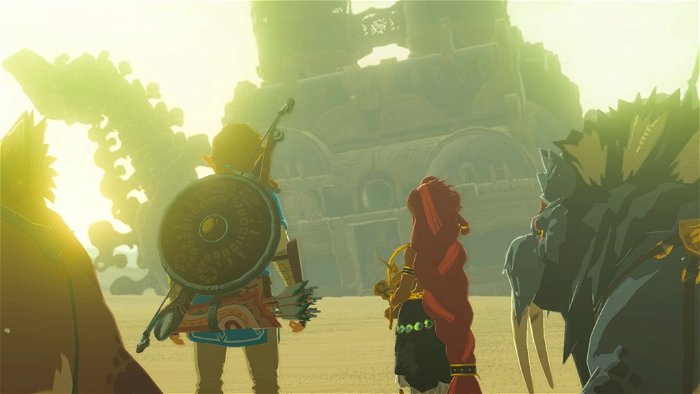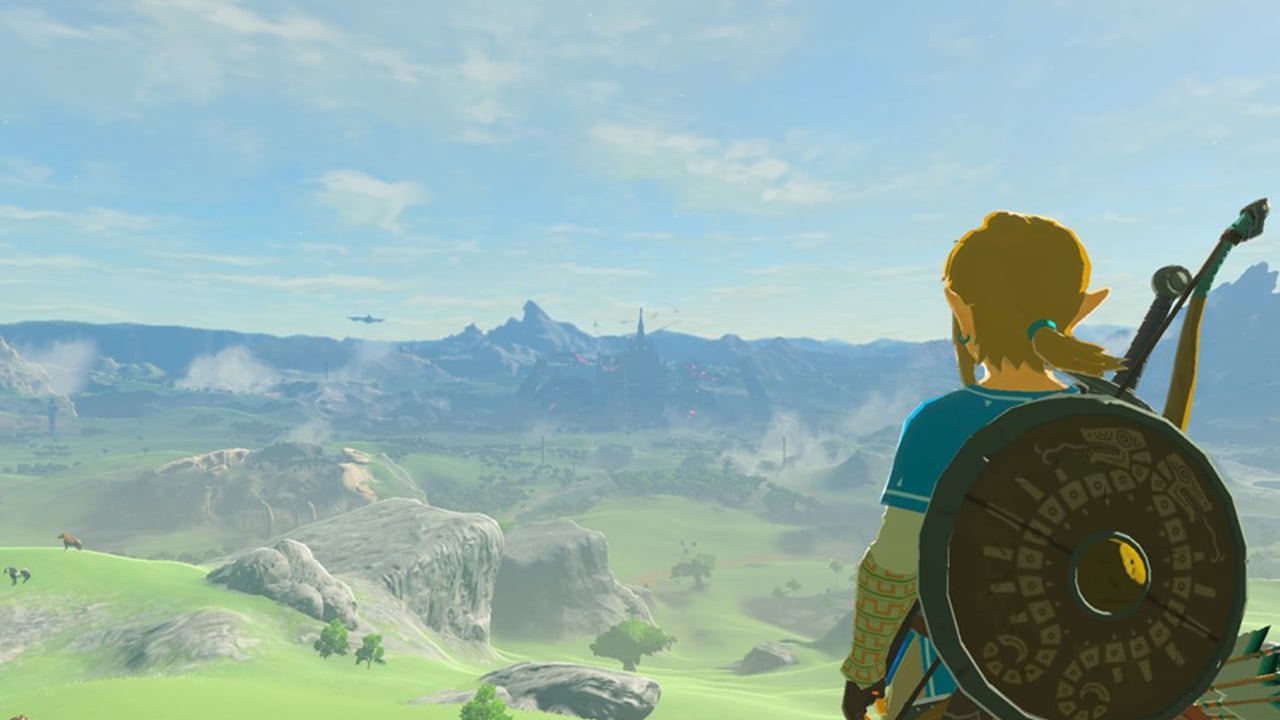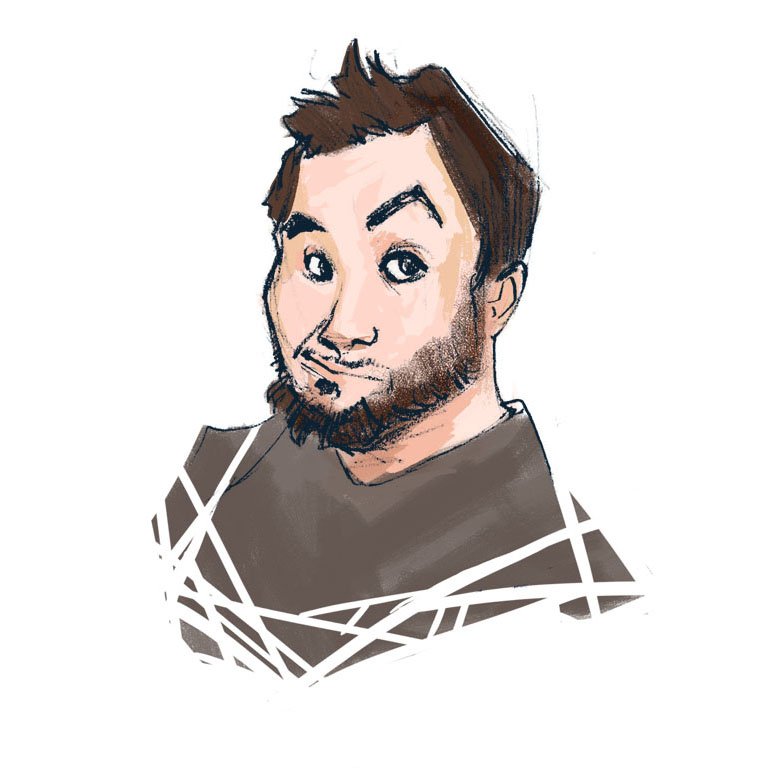The Legend of Zelda is one of the most decorated and celebrated franchises in the gaming industry. With that comes genuine excitement and lofty expectations to improve on a tried and true formula. It’s easy to fall into the spiral of excitement with the release of The Legend of Zelda: Breath of the Wild quickly approaching, but it’s important to note how Nintendo has slowly brought The Legend of Zelda back to the franchise’s roots. With a big world filled with secrets waiting to be explored, this is the Hyrule we’ve dreamed about. With this larger hub world, comes so many opportunities for great storytelling, and Nintendo has done just that.
Comparing the map to other games, The Legend of Zelda: Breath of Wild is akin to titles like The Witcher 3, or even Skyrim. The world is massive, teeming with life. Whether that’s displayed with small creatures scurrying through the grass, snow and water, the tribes of Moblins stationed throughout the plains of the once bustling world, or even the remnants of ancient civilizations that are scattered throughout Hyrule. There is life, and it’s refreshing to see. In the past, The Legend of Zelda tried to be grand, but in the process, Hyrule felt empty. The worst offender for this is Twilight Princess with its large open world that was physically taxing on the hardware. There was a lot of space, but nothing to fill it with. To remedy that, and to hide the Wii’s limitations, Nintendo segregated each area in Skyward Sword. This helped make each area feel full of life, but the separation of each part of Hyrule made the game feel disjointed. The Legend of Zelda: Breath of the Wild, however, is more like A Link Between Worlds but bigger and more interactive than ever. The land is full of enemies and friends while also working as a free flowing, breathing part of the world with mountains to climb, camps to ambush and secrets to discover. Hyrule is full again, and it’s more than just a time waster between towns. It makes me want to learn everything I possibly can about this point of time, and Nintendo feeds that desire.

Obviously, I can’t go into detail about plot points, but Breath of the Wild does an amazing job at telling a story outside of cut scenes. Those are still there, rest assured this isn’t Dark Souls, but there does seem to be a little bit of inspiration taken from From Software’s now iconic series. It’s reminiscent of a lesson I learned in creative writing “show don’t tell”, and it feels like the team at Nintendo have taken that same approach. There is a lot to learn about the state of Hyrule and those living in it by just simply exploring, which at the end of the day, is the main reason we love The Legend of Zelda series so much. It’s about discovery, learning about where you live, and who you are by unlocking that child-like curiosity that we thought we buried away from years of heartbreak, loss, and the typical process of growing up. That thirst for curiosity is quenched by the secrets scattered throughout the world, along with visual cues to remind the player of the despair felt in Hyrule.
The best 3D Zelda games utilize Hyrule to visualize the severity of the county’s latest threat. Going back through the history of the great 3D Zelda adventures, there have always been images that stand out evoking strong emotions of fear, despair, and even motivation. Ocarina of Time had Ganon’s castle hovering over Hyrule Castletown, serving as a reminder of the immense loss the people of that town faced. Majora’s Mask probably had the most iconic reminder with the infamous Moon hanging over Termina, constantly taunting the player with who is racing against the clock. Wind Waker’s reminder was built right into the game’s core mechanic of sailing. Hyrule is flooded, the world we knew is gone, and with that, it needs to be restored. Twilight Princess did a great job with this as well with the magical barrier surrounding Hyrule Castle. The size of the structure ensured that players could see it from almost everywhere in Hyrule field, not unlike the Majora’s Mask moon. This time around, those reminders are scattered throughout the desolate fields of Hyrule that are now inhabited by Moblins. But more importantly, Hyrule Castle serves as the most blatant visualization of Hyrul’s fall. Now overrun by a dark magic, the beacon on civilization is engrossed in a black, oozing design that stands in stark contrast to the more pastel, calming nature of this Hyrule. It’s a subtle reminder of what happened, what will happen, and why the player is there.

There is a lot to learn about the world of Hyrule just by exploring the lands in this new title. Though there is very little in the way of ambiguity in Legend of Zelda: Breath of the Wild in terms of situation, and the state of Hyrule itself, this massive map offers a little something for everyone’s taste. There is still a ton of content to explore in this version of Hyrule, and I’m sure that will lead to even more discoveries (both within the player and the world). Hyrule isn’t just a hub world anymore, it’s a means of storytelling, it’s the part of the game the player spends the most time in, and Nintendo is taking that seriously. Longtime fans have something to look forward to. Something that isn’t just a desolate means to get from point A to point B. This is Hyrule.




